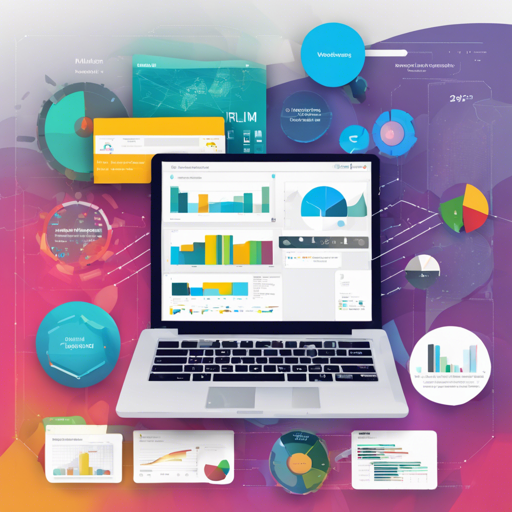MLRun is an advanced open MLOps platform designed for building and managing continuous Machine Learning (ML) applications throughout their entire lifecycle. In today’s blog, we will guide you through the essential steps to get started with MLRun, which seamlessly integrates into your development and CI/CD environments. Let’s dive in!
Getting Started
Before you begin exploring the features of MLRun, ensure you have the following resources at your disposal:
- Access to your preferred Integrated Development Environment (IDE) on either local machines or cloud platforms.
- A basic understanding of Machine Learning workflows.
- Documentation on MLRun to refer to along the way.
Key Features of MLRun
Here’s a brief overview of the core functionalities MLRun offers:
- Project Management and CI/CD Automation: Organize your assets into projects, manage metadata and services, and enjoy smooth collaboration.
- Data Ingestion and Processing: MLRun provides interfaces for offline and online data sources alongside robust feature storage capabilities.
- Model Development and Training: Build and train models efficiently with multiple configurations and track experiments effectively.
- Deployment of Models: Rapidly deploy production-ready pipelines with serverless capabilities for real-time or batch processing.
- Monitoring and Alerts: MLRun offers built-in observability features for tracking resource consumption and model performance.
Understanding the Workflow
The environment and tasks in MLRun can be thought of as a finely tuned orchestra. Each component, or musician, plays its own instrument in harmony to create a beautiful symphony. The MLRun platform helps conduct this symphony efficiently.
Analogy:
Imagine that you are the conductor of an orchestra, with various musicians representing different components of MLRun:
- Project Management: Just as the conductor looks over the entire orchestra, the project management features of MLRun enable you to oversee all project assets.
- Data Processing: The percussion section (data sources) provides the rhythm, ensuring that data flows steadily into the performance.
- Model Development: The strings section symbolizes the building of models, where harmony is created through careful tuning of parameters.
- Deployment: The brass section represents the deployment of your model, projecting the sound into the audience during the final performance.
- Monitoring: Just as the audience responds to the orchestra, MLRun monitors your models to ensure they perform well in production.
Troubleshooting Ideas
Like any complex system, you might encounter a few bumps along the way. Here are some troubleshooting tips:
- Check your IDE configuration if you have difficulty connecting to MLRun. Make sure that your project assets are correctly mapped.
- If data ingestion fails, verify that the data sources are correctly set up and accessible.
- When deploying models, ensure all dependencies are defined in your functions.
- For performance monitoring issues, review your metrics configurations to ensure alerts are effectively set.
For more insights, updates, or to collaborate on AI development projects, stay connected with fxis.ai.
Wrapping Up
By now, you should have a solid understanding of how to navigate and utilize MLRun for managing your ML applications. MLRun is designed to reduce engineering efforts while enhancing collaboration within MLOps teams.
At fxis.ai, we believe that such advancements are crucial for the future of AI, as they enable more comprehensive and effective solutions. Our team is continually exploring new methodologies to push the envelope in artificial intelligence, ensuring that our clients benefit from the latest technological innovations.

